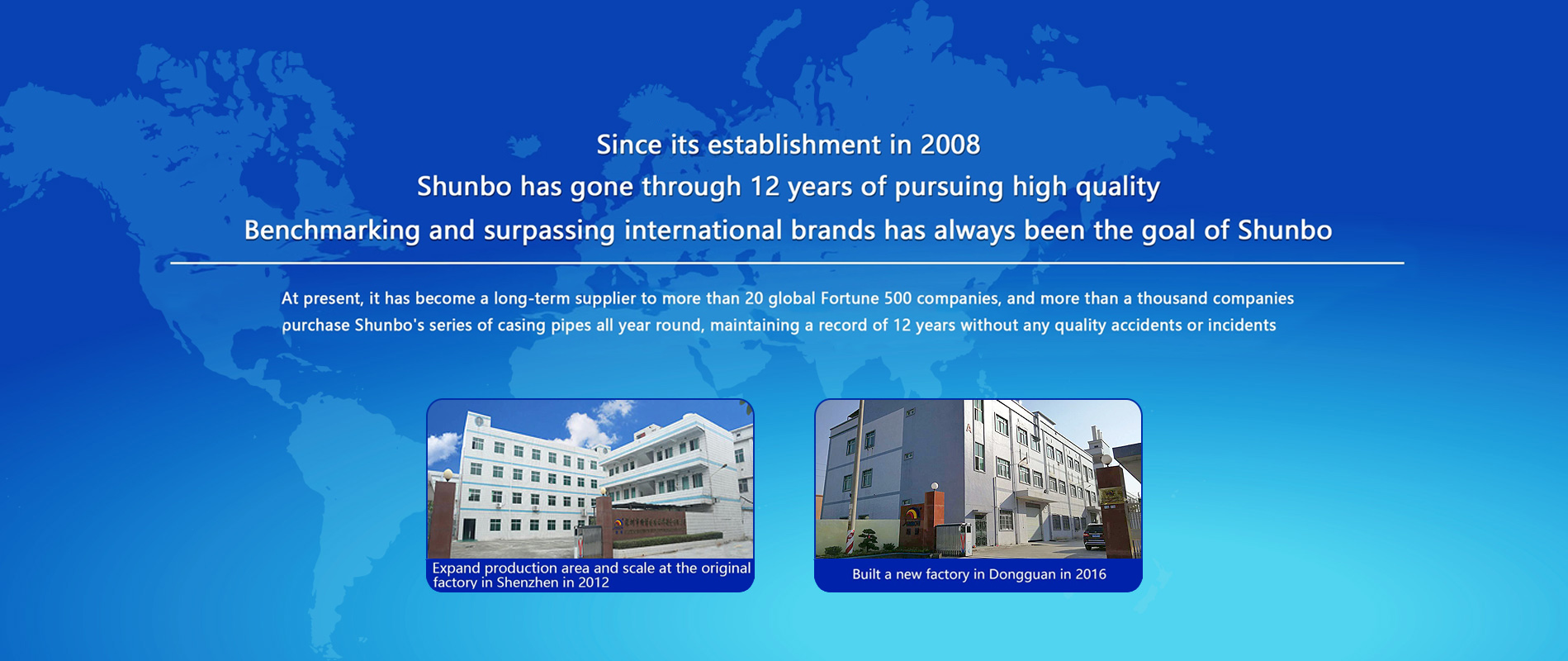
Polyanide film sleeves are made of a unique material known as polyamide, which is a type of synthetic polymer. Polyamide is a versatile material that is widely used in various industries due to its exceptional properties and characteristics. In this article, we will explore the composition, manufacturing process, applications, and advantages of polyanide film sleeves.

Nylon 6 is made from a single monomer called caprolactam, while nylon 66 is made from two monomers, adipic acid and hexamethylenediamine. These monomers undergo a chemical reaction known as condensation polymerization, where they combine to form long chains of polyamide. The resulting polyamide has a high molecular weight and exhibits excellent mechanical and thermal properties.
Manufacturing Process of Polyanide Film Sleeves: The manufacturing process of polyanide film sleeves involves several steps, including extrusion, stretching, and heat setting. Let's explore each step in detail:
1. Extrusion: The first step in the manufacturing process is extrusion, where the polyamide material is melted and forced through a die to form a continuous film. The molten polyamide is fed into an extruder, which consists of a heated barrel and a screw. The screw rotates and pushes the molten polyamide through the die, which determines the shape and thickness of the film sleeve.
2. Stretching: After extrusion, the film is stretched in both the machine direction (MD) and the transverse direction (TD). This stretching process aligns the polymer chains and imparts strength and flexibility to the film. The film is passed through a series of heated rollers, which apply tension and stretch the film in the desired directions.
3. Heat Setting: Once the film is stretched, it is heat set to stabilize its dimensions and improve its mechanical properties. Heat setting involves passing the film through a heated chamber, where it is exposed to controlled temperatures for a specific duration. This process allows the film to relax and retain its stretched dimensions, ensuring dimensional stability and preventing shrinkage.
Applications of Polyanide Film Sleeves: Polyanide film sleeves find applications in various industries due to their unique properties. Some of the common applications include:
1. Packaging: Polyanide film sleeves are widely used in the packaging industry for wrapping and protecting products. The film's excellent tensile strength and puncture resistance make it ideal for packaging fragile items, such as electronic components, glassware, and pharmaceutical products. The film's transparency also allows for easy visibility of the packaged goods.
2. Electrical Insulation: Polyanide film sleeves are used as electrical insulation in the manufacturing of cables and wires. The film's high dielectric strength and thermal stability make it suitable for insulating conductors and preventing electrical leakage. The film's flexibility also allows for easy wrapping around wires of various sizes and shapes.
3. Textile Industry: Polyanide film sleeves are utilized in the textile industry for various applications. They are used as protective sleeves for yarns and threads, preventing tangling and damage during storage and transportation. The film's smooth surface also reduces friction and allows for easy unwinding of the yarns during the weaving process.
4. Food Packaging: Polyanide film sleeves are employed in the food packaging industry for wrapping perishable goods. The film's excellent barrier properties prevent moisture and oxygen from entering the packaged food, thereby extending its shelf life. The film is also resistant to grease and oil, making it suitable for packaging fatty or oily food products.
Advantages of Polyanide Film Sleeves: Polyanide film sleeves offer several advantages over other packaging materials. Some of the key advantages include:
1. Strength and Durability: Polyanide film sleeves exhibit high tensile strength and puncture resistance, ensuring the protection of packaged goods during handling and transportation. The film's durability allows for multiple uses, reducing the need for frequent replacement.
2. Transparency: The film's transparency allows for easy visibility of the packaged goods, making it suitable for retail packaging. The clear film also enhances the product's aesthetics and allows for branding and labeling to be easily visible.
3. Chemical Resistance: Polyanide film sleeves are resistant to various chemicals, including solvents, oils, and greases. This resistance ensures that the film remains intact and does not degrade when exposed to different substances, making it suitable for a wide range of applications.
4. Thermal Stability: The film exhibits excellent thermal stability, allowing it to withstand high temperatures without deforming or melting. This property makes it suitable for applications that require heat resistance, such as electrical insulation and food packaging.
In conclusion, polyanide film sleeves are made of polyamide, a synthetic polymer that offers exceptional properties and characteristics. The manufacturing process involves extrusion, stretching, and heat setting to create a film with high strength, durability, and thermal stability. Polyanide film sleeves find applications in packaging, electrical insulation, textile industry, and food packaging, among others. The film's advantages include strength, transparency, chemical resistance, and thermal stability, making it a versatile and reliable packaging material.


